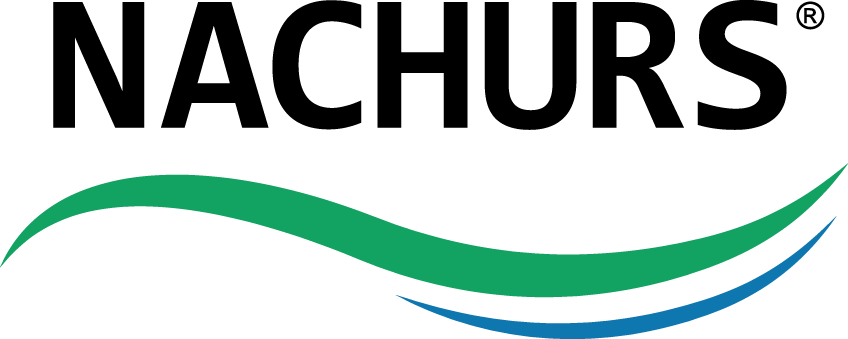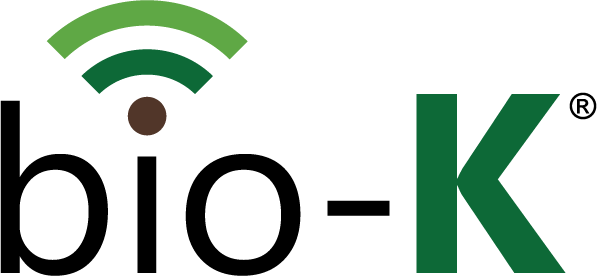Agronomics

Agronomic Topics
-
What is balanced plant nutrition?
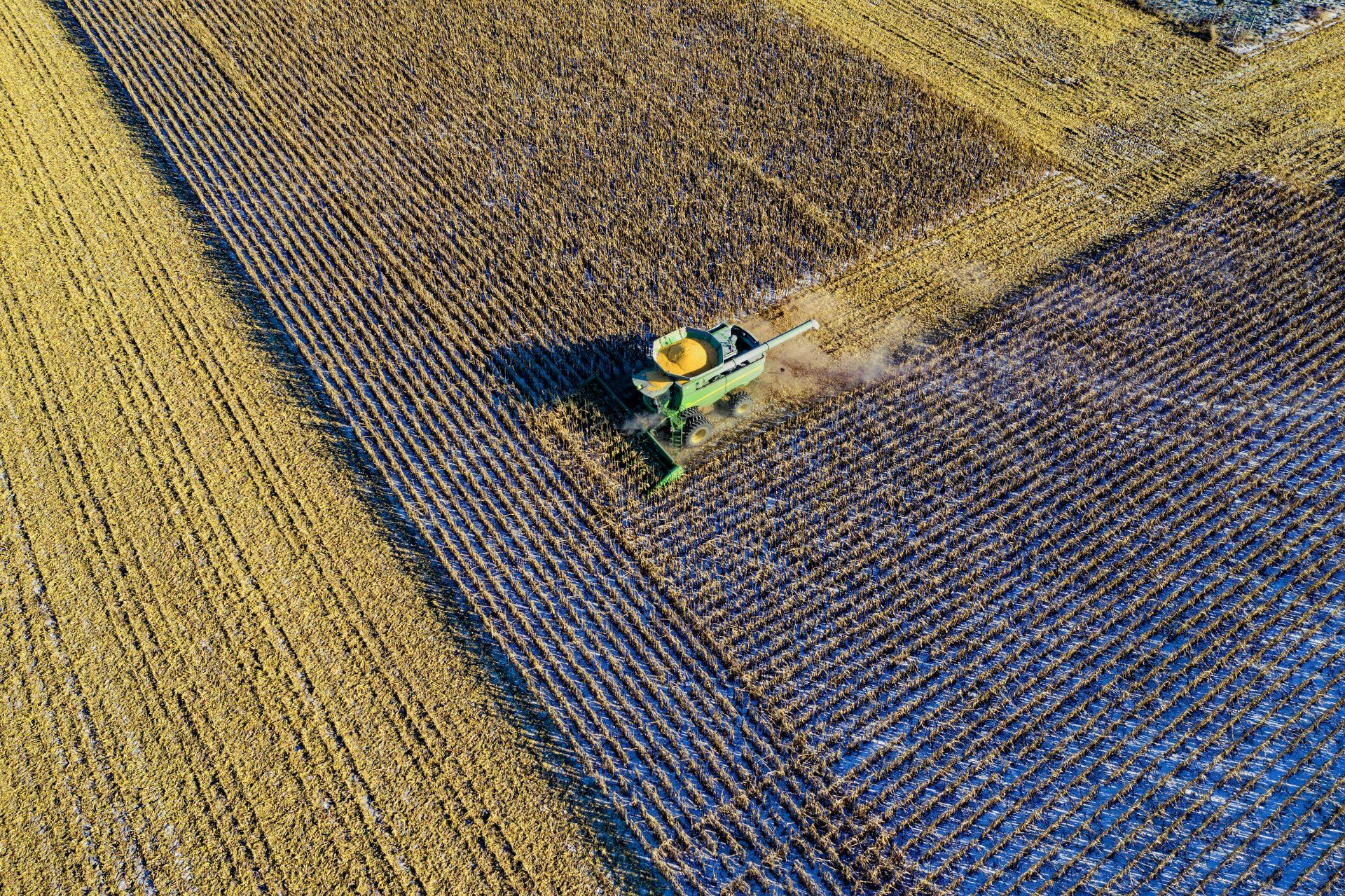 Learn More
Learn MoreMaking the most efficient use of your dollars spent on crop nutrition is a constant goal of all growers today. As crop nutrition prices increase, each grower tries to maintain the balance between obtaining higher crop yields and staying within an overall crop inputs budget to obtain the highest possible profit level from each field.
-
Nutrient Functions and Interactions
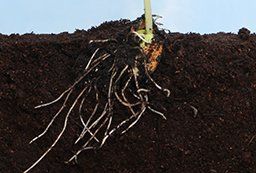 Learn More
Learn MoreAll plants, whether it be corn, soybeans, wheat, cotton, cranberries, or canola, require nutrients for proper growth and development. About 90-95% of plant dry matter is composed of carbon, hydrogen, and/or oxygen. The remaining 5-10% is obtained from the soil and/or from fertilizer supplied by the grower.
-
Nutrient Deficiency Symptoms
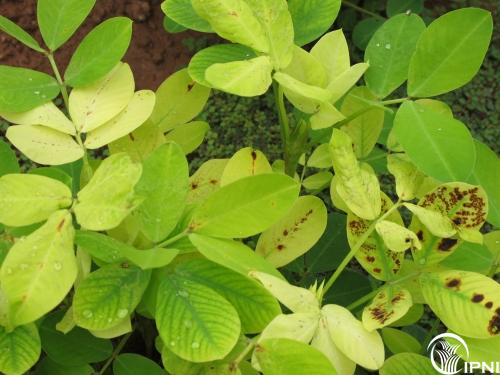 Learn More
Learn MoreAll twenty one nutrients required by the plant, including macronutrients, micronutrients, and secondary nutrients, must be in balance in order for the plant to maintain its utmost health to defend against unfavourable environmental conditions. A proper soil and tissue sampling program is key tool in managing plant nutrition.
-
What is Starter Nutrition?
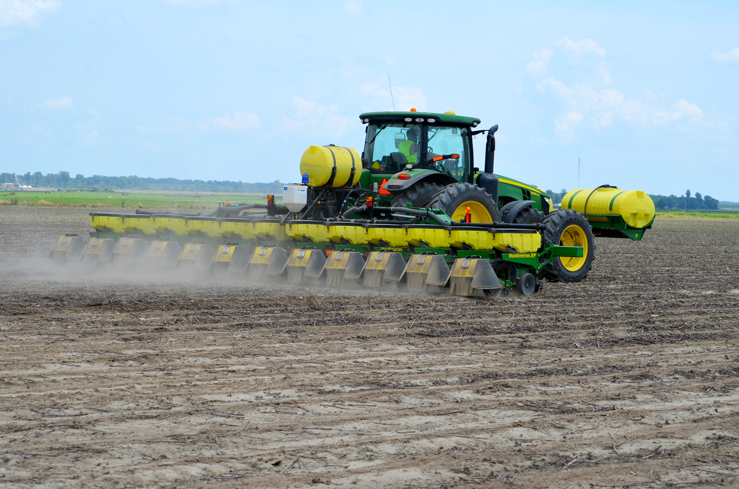 Learn More
Learn MoreStarter nutrition is a key component of any balanced nutrition program. Starters provide the emerging seedlings with essential nutrients which are accessible near the young roots just as the sugars and starches are being depleted from the germinated seed.
-
What is Foliar Nutrition?
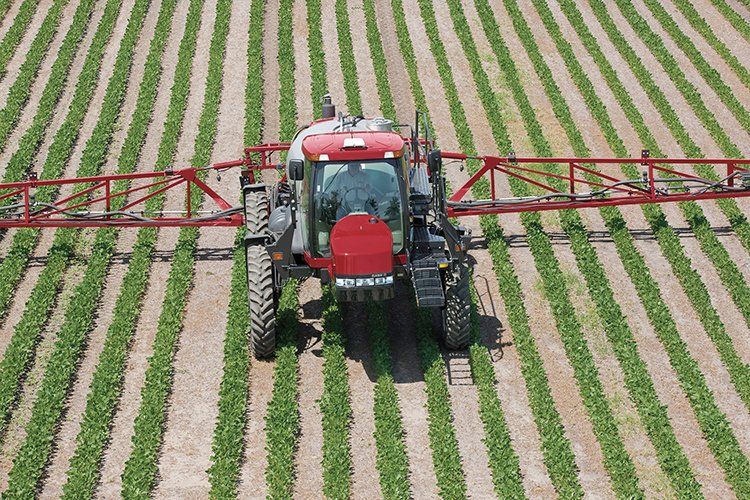 Learn More
Learn MoreThe application of foliar nutrition has been in use for many years in high value specialized crops. As growers are looking to maximize net returns and nutrient efficiencies, the application of foliar nutrition is making its way into many of the progressive growers’ crop nutrition programs.
-
Secondary Nutrients and Micronutrients
 Learn More
Learn MoreEven though micronutrients are required in very small quantities, they are essential for healthy plant growth and profitable crop production. Most of the secondary nutrients and micronutrients can be provided to plants in a chelated form with the exception of sulfur, boron, and molybdenum.
-
The 4Rs of Nutrient Stewardship
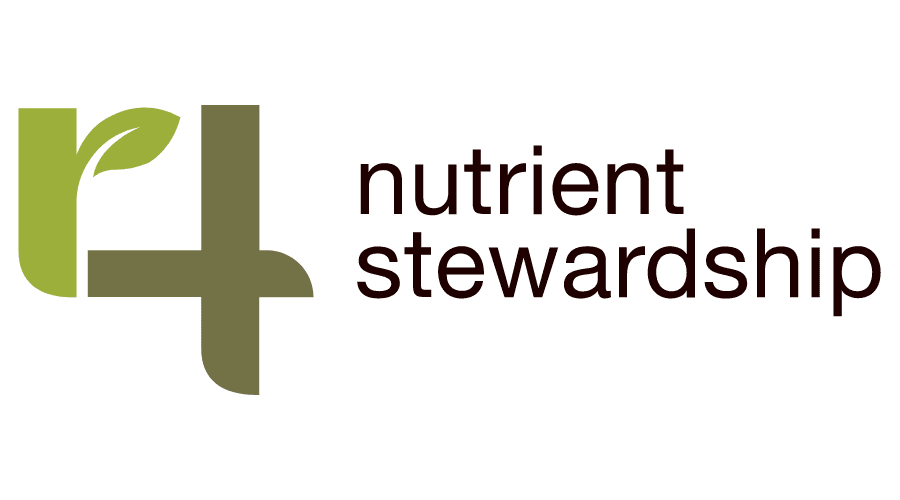 Learn More
Learn MoreNACHURS liquid fertilizers are complementary to the 4Rs of Nutrient Stewardship as it encourages using the right fertilizer source, at the right rate, at the right time, and in the right place.
Increasing crop yield to feed the world, responsibly.
Agriculture is a large word in terms of its meaning to the person reading it. For those in urban areas not directly tied to agriculture, it means having food availability at the local market or grocery store to feed their family. For those involved in the agriculture services sector, it means taking products grown on the farm/ranch, transforming them through manufacturing and processing for eventual distribution at the local store or market. For the farmer and rancher, it means growing crops and livestock to support not only their family, but for people all over the world regardless where you live or your job description. The weight of future generations is on their shoulders to provide food for a growing population, but at the same time, doing it in a responsible or sustainable manner. How do we do that? Can it be done? The answer is YES we can.




